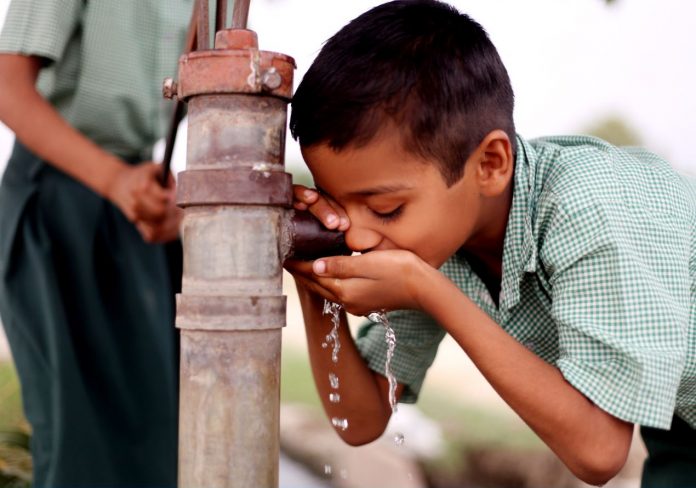Naturally occurring (geogenic) groundwater arsenic (As) contamination is a problem of global significance. It occurs in large parts of the alluvial and deltaic aquifers in South and Southeast Asia.
Arsenic is tasteless and odourless and is therefore often unknowingly consumed by tens of millions of people around the world.
If ingested over long periods it can cause serious damage to humans, even in low concentrations, thus causing enormous public health problems in countries such as Bangladesh, Vietnam, Cambodia, India and many more places.
In a new paper in Nature Geoscience, scientists have used computer simulations to more precisely identify the sources of arsenic pollution and to better predict how fast arsenic pollution is spreading in aquifers that are used for drinking water production.
The vital research deciphers the important role that the river-groundwater interface can play as a source for arsenic release pollution.
An Australian team from Flinders University, CSIRO and the University of Western Australia joined colleagues at the Swiss Federal Institute of Aquatic Science and Technology (Eawag) to construct the computer model that mimics the complex interactions between groundwater flow, solute transport and geochemical reaction mechanisms.
Such models are important to analyse field observations, to unravel which chemical and physical processes play a role, and to predict the behaviour of arsenic within aquifers – where and when pollution might occur in the future.
“Our computer modelling integrates much of what field- and laboratory-based researchers have learned over the past two decades to better understand the sources and distribution of arsenic-polluted groundwater,” says Dr Ilka Wallis, the lead author of the new study.
The researchers used a field study site in Vietnam to develop and test the computer model.
“We were fortunate that at this study site a lot of valuable data were collected over the last 15 years,” Dr Wallis explains. “This was extremely useful to test if our computer model was able to reproduce the complex geochemical processes that occur when arsenic is released and transported in aquifers.”




